MUST-READ for Japan Travelers: Essential Shrine & Temple Etiquette You Need to Know
A Complete Guide to Japanese Spiritual Traditions, Coin Offerings, and How to Make the Most of Your Visit
Introduction: A Reflection from Rome to Japan
Last week, I visited Rome and marveled at the Trevi Fountain, where tossing a coin over your left shoulder is believed to ensure a return to the Eternal City. It was a fun tradition, and as I joined the crowd in making my wish, I couldn’t help but draw parallels to Japan’s long-standing custom of throwing coins at shrines and temples.
At first glance, both practices seem similar—offering a coin in hopes of good fortune—but their origins, meanings, and customs differ greatly. In Japan, the act of coin offering, known as saisen (賽銭), is not just a wish-making ritual but a sacred practice deeply rooted in Shintoism and Buddhism.
If you, as a traveler, understand these customs before visiting Japan, you’ll experience the real Japan in a much more meaningful way.
If you’re traveling to Japan soon and just want to know the “how-to”, feel free to skip ahead to the step-by-step guide below. But if you’re curious about the deeper meaning behind these traditions, keep reading!
Understanding the Difference: Shinto Shrines vs. Buddhist Temples
Before diving into proper etiquette, it’s essential to distinguish between Shinto shrines (神社, Jinja) and Buddhist temples (寺, Tera or Otera)—two types of spiritual sites you’ll frequently encounter in Japan.
Shinto Shrines (神社, Jinja)
Dedicated to kami (神, deities or spirits) in Shintoism, Japan’s indigenous belief system.
Visitors come to pray for health, prosperity, academic success, and good fortune.
Characterized by a torii (鳥居, gate), which marks the transition from the ordinary world to the sacred.
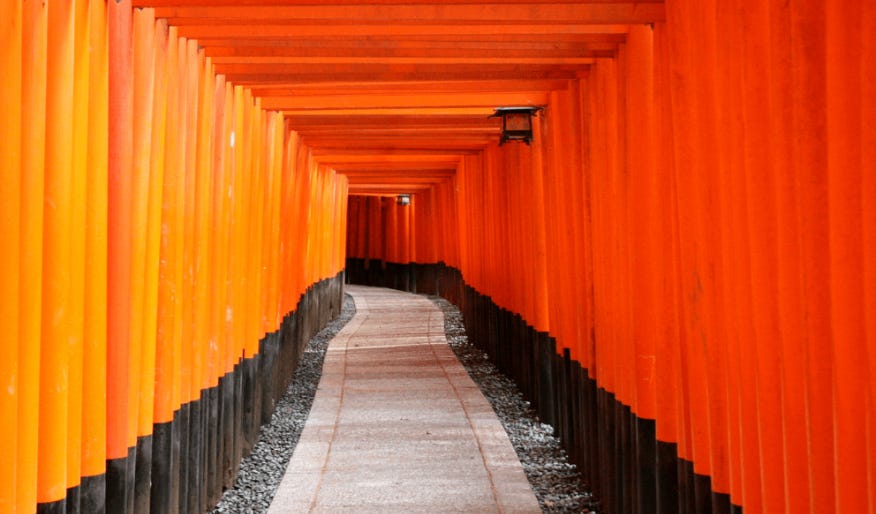
Buddhist Temples (寺, Tera or Otera)
Centers of Buddhism, housing Buddha statues, monks, and places for meditation.
People visit temples to pay respects to ancestors, pray for spiritual enlightenment, and participate in ceremonies.
No torii gate, but often features pagodas, incense burners, and large Buddha statues.
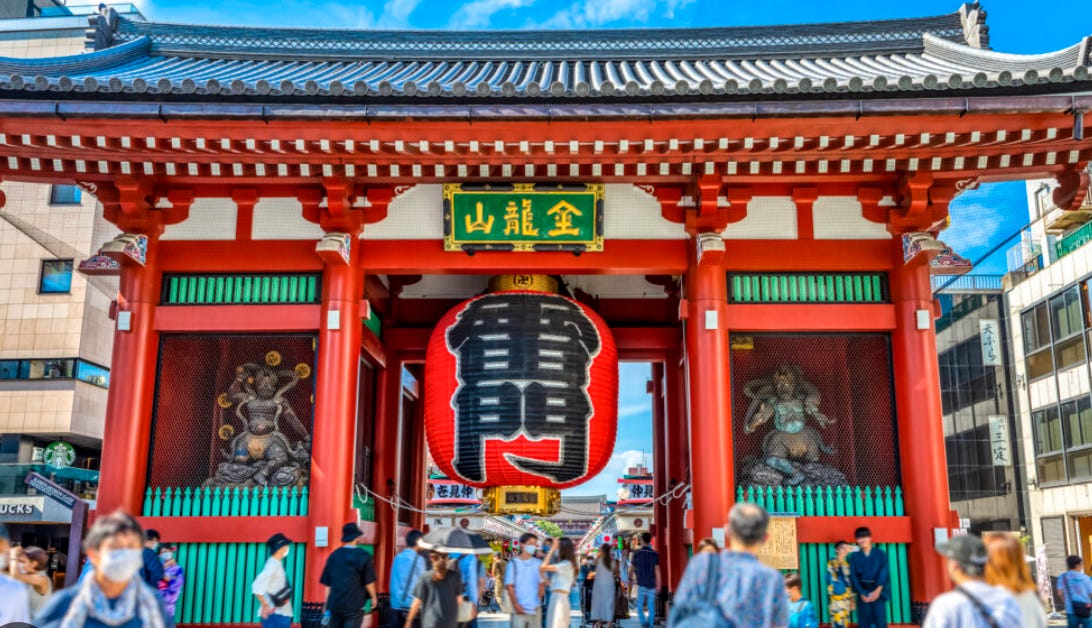
Proper Shrine & Temple Etiquette: Step-by-Step Guide
Following proper etiquette isn’t difficult, but doing so shows deep respect and enhances your experience. If you can follow these steps, you’ll truly immerse yourself in Japanese culture!
At a Shinto Shrine:
Approach the Torii Gate:
Bow slightly before entering.
Walk along the sides, as the center is reserved for the deities.
Purify Yourself at the Temizuya (Water Pavilion)
Step 1: Use the ladle to rinse your left hand.
Step 2: Rinse your right hand.
Step 3: Pour water into your left hand, sip it, and rinse your mouth.
Step 4: Hold the ladle upright to rinse the handle before placing it back.
Approach the Offering Box
Gently toss your coin into the saisen-bako (賽銭箱, offering box). I will be talking about the types of coins you should use at shrine/temples later.
Ring the bell (if available) to alert the deity.
Pray Properly
Bow twice deeply.
Clap twice to show gratitude and joy.
Make your wish silently.
Bow one final time before leaving.
At a Buddhist Temple:
Enter Respectfully:
Remove hats and sunglasses before stepping in.
Purification (if available):
Follow the same temizuya purification steps as at a shrine.
Prayer Ritual:
Approach the offering box and gently place your coin inside (do not throw it).
Press hands together in gassho (合掌) and pray silently.
Offer a slight bow before leaving.
Unlike shrines, temples do not involve clapping, as prayers are meant to be quiet and meditative.
There are also combined shrine-temple sites, known as Jingu-ji, blending Shinto and Buddhist traditions. Thanks for pointing this out,
!The Meaning of Coin Offerings (Saisen) and Choosing the Right Coin
The amount and type of coin you offer in the saisen-bako is more than just random choice—it carries symbolic meaning.
Coin Meanings in Shrine & Temple Offerings
1 Yen (一円): Avoid it! Symbolizes “one connection” but is too little to be meaningful.
5 Yen (五円, Go-en): Considered very lucky because “go-en” also means "good fate" in Japanese.
10 Yen (十円): Avoid it! Sounds like “distant relationship” in Japanese, which is unlucky.
50 Yen (五十円, Goju-en): Extremely lucky! Strengthens relationships, just like 5 Yen.
100 Yen (百円): A common, neutral offering.
500 Yen (五百円): Symbolizes wealth and prosperity.
Omamori: Protective Charms for Every Wish
Both shrines and temples sell omamori (お守り, protective amulets) for specific blessings. Some popular ones include:
Omamori are usually kept in your wallet, bag, or car, and it’s customary to replace them every year.
Wishing for Good Health: A Thought to Keep in Mind
At a shrine or temple, you can make a wish for anything—happiness, success, protection, or even love. But among Japanese people, one of the most common wishes is for good health.
If you find yourself wishing for health during your trip to Japan, why not take it a step further? A ningen dock (人間ドック)—Japan’s comprehensive health check-up—might be another great way to ensure your well-being.
A ningen dock is a full-body medical examination designed to detect potential health issues early, allowing for preventive care rather than reactive treatment. These check-ups are highly advanced, efficient, and often include screenings for major illnesses such as heart disease, cancer, and lifestyle-related conditions. For more information, please check this website or my past newsletter!
Wishing you a meaningful trip to Japan! 🍀✨ And don’t forget to subscribe to my newsletter for more travel tips and insights to help you experience Japan like a local! 🚀🇯🇵


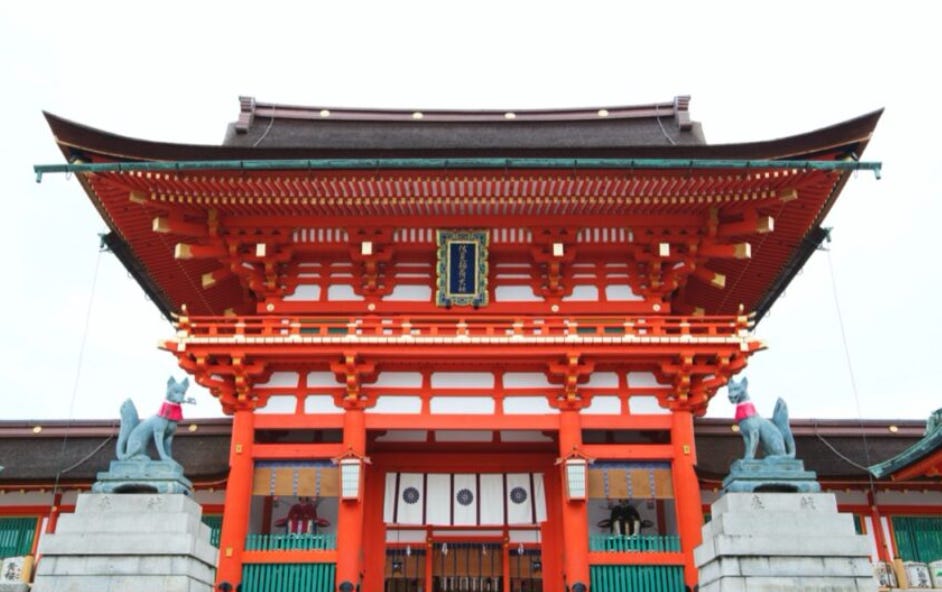


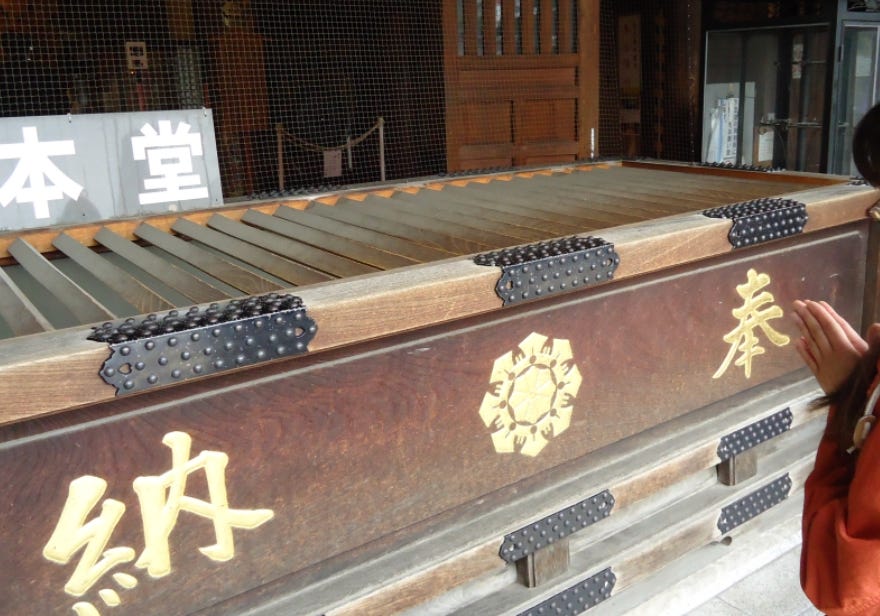

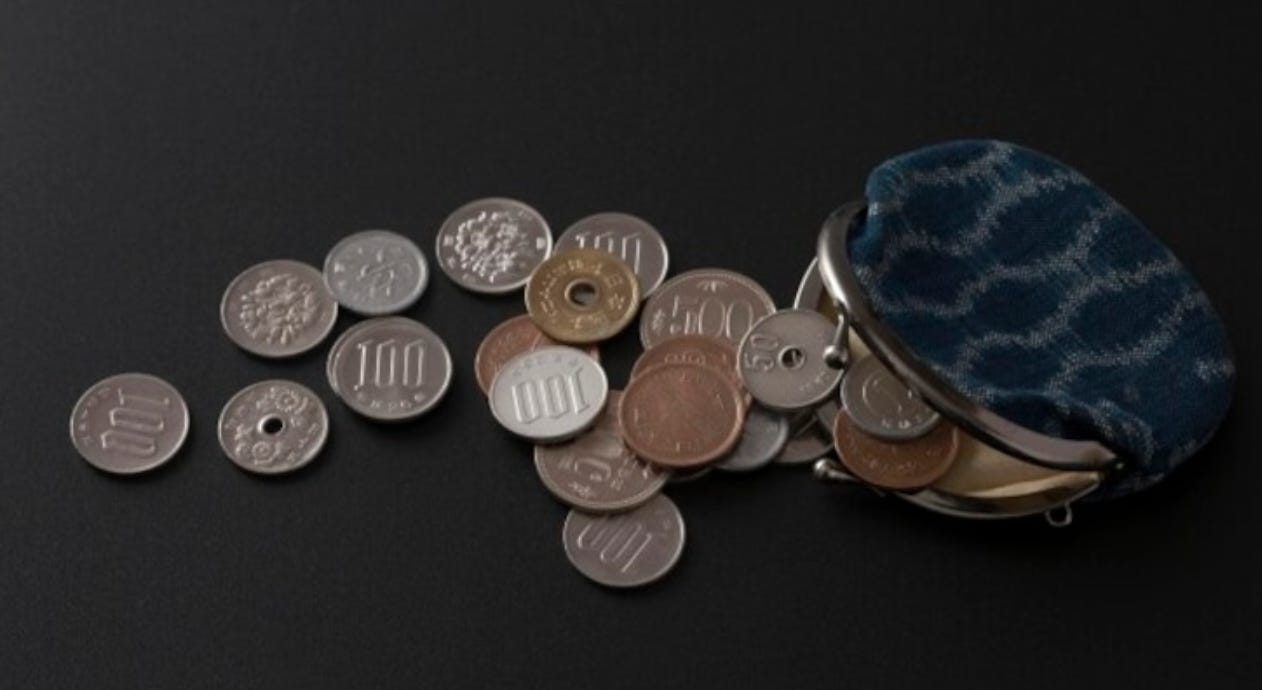
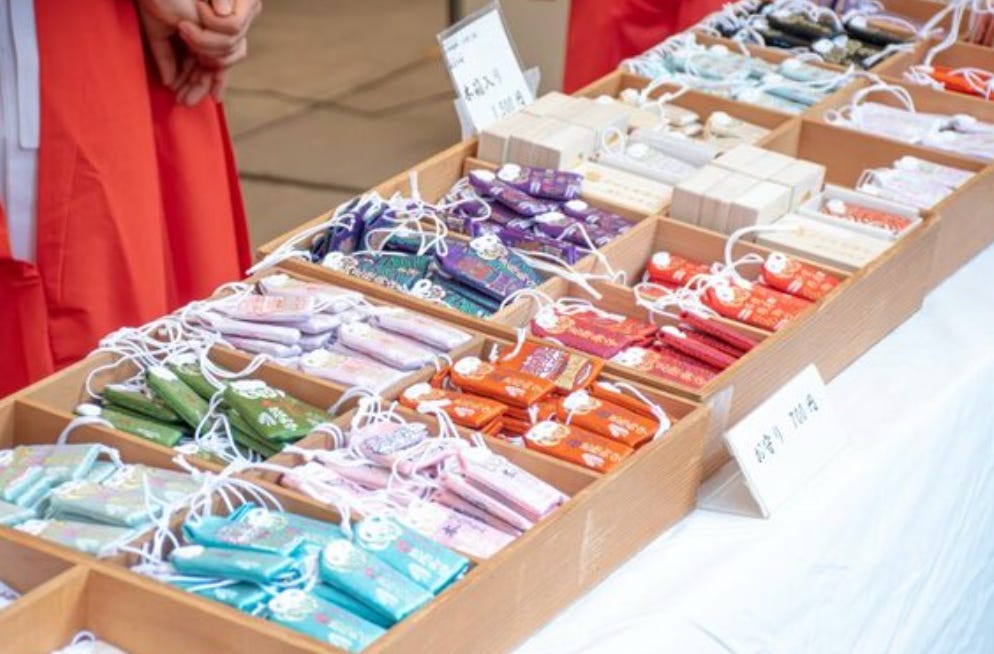
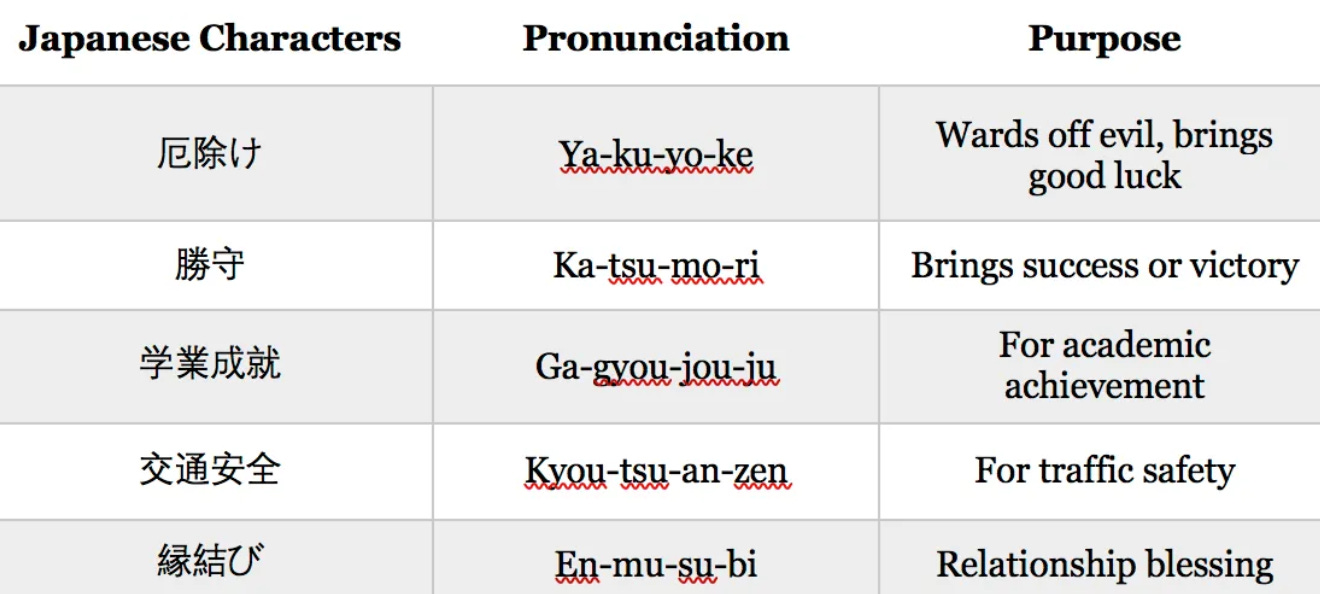

Thank you! So useful and comprehensive. Will keep handy for the next trip to Japan.
Miki very enlightening. Thank you.